Login
Subscribecancer
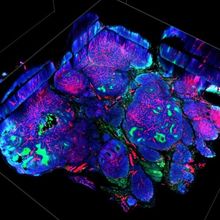
Self-Charging Battery Battles Tumors in Mice
Natalia Mesa, PhD | Apr 4, 2023 | 3 min read
A battery that charges itself in salty fluids starves tumors of oxygen, helping improve some drugs treat cancer, a study finds.
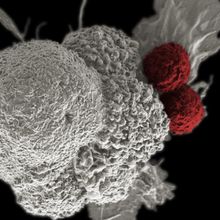
Translation of “Jumping Genes” Creates Cancer Therapy Targets
Natalia Mesa, PhD | Mar 29, 2023 | 4 min read
Researchers find many tumor-specific antigens form when cancer genes and transposable elements link up.
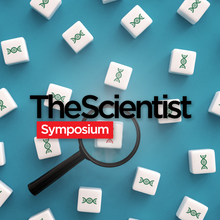
Benign or Cancerous? Differentiating Mutation Types with Machine Learning
The Scientist’s Creative Services Team | 2 min read
Scientists turn to machine learning and big data approaches for precision -omics in cancer research.
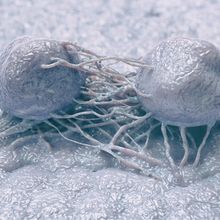
The Role of Adhesion Receptors in Cancer Cannibalism
Elina Kadriu | Mar 13, 2023 | 3 min read
Contact inhibition of locomotion by adhesion receptors prevents cancer cells from eating each other.

Molecular Biologist Michael Green Dies at 69
Lisa Winter | Mar 7, 2023 | 2 min read
Beyond his achievements in academia, he also cofounded three pharmaceutical companies and filed 15 patents related to cancer therapeutics.
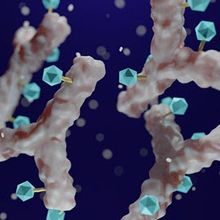
Advances in Antibody Therapeutics
Elina Kadriu | 4 min read
Scientists engineer therapeutic antibodies with improved stability and efficacy.
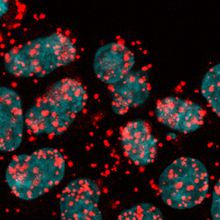
Mutated Cohesin Throws DNA Splicing out of Whack, Resulting in Cancer
Shafaq Zia | Mar 3, 2023 | 2 min read
Cohesin mutations cause dysregulations in alternative splicing, contributing to tumor initiation and progression, a study finds.
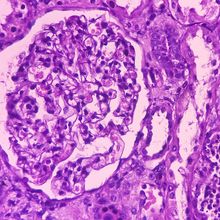
Mutational Signature Indicates Risk of Kidney Cancer Recurrence
Holly Barker, PhD | Mar 1, 2023 | 2 min read
DNA sequencing can identify mutations that predict recurrence of renal cell carcinoma and may help low-risk patients avoid unnecessary treatment, a study finds.
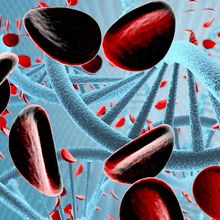
Cell-Free DNA in Clinical Diagnostics
Tecan | 1 min read
Advancements in measuring DNA in bodily fluids create new opportunities for understanding disease.
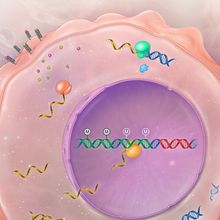
Infographic: Transposable elements in cancer
Diana Kwon | Mar 1, 2023 | 1 min read
Jumping genes are let loose in cancerous cells, with multiple effects on cell health.
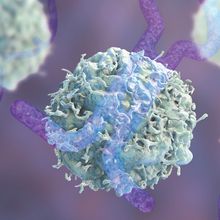
Long noncoding RNAs and Microproteins Can Spark Cancer—or Sometimes Squelch It
Rachael Moeller Gorman | Mar 1, 2023 | 10+ min read
Noncoding RNAs and microproteins, once considered genomic noise, are turning out to be critical to the progression of some types of cancer.

A Spotlight on Cancer Cell Metabolism
The Scientist’s Creative Services Team | 1 min read
In this webinar, Elena Piskounova and Christina Towers discuss the implications of metabolic changes in cancer cells for therapeutic development and efficacy.

Alex Muir Explores Cancer Cells’ Menu
Natalia Mesa, PhD | Mar 1, 2023 | 3 min read
The University of Chicago cell biologist is studying how the nutrients available to cancers influence their growth.
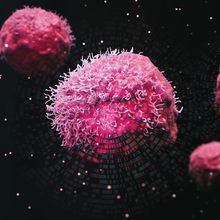
Jumping Genes’ Role in Cancer
Diana Kwon | Mar 1, 2023 | 8 min read
Transposons may be key players in how tumors develop and spread, but they also keep cancer at bay in some circumstances.
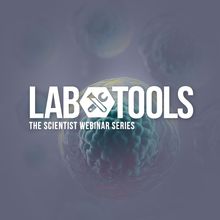
Understanding How Single Cell Evolution Drives Tumor Complexity
The Scientist’s Creative Services Team | 1 min read
Andris Abramenkovs and Mark Lynch will discuss how to overcome challenges obtaining high-definition genomic data from single cells.
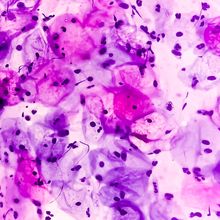
Why Some HPV Infections Carry More Cervical Cancer Risk
Dan Robitzski | Feb 2, 2023 | 5 min read
Where and how human papillomavirus integrates itself into the human genome steers the infection’s clinical outcomes, finds a large, multifaceted study.
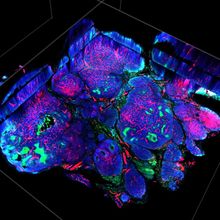
Opinion: Stopping the Cancer Cells that Thrive on Chemotherapy
Chengsheng Wu, David Cheresh, and Sara Weis; The Conversation | Jan 17, 2023 | 5 min read
Research into how pancreatic tumors adapt to stress could lead to a new treatment approach.
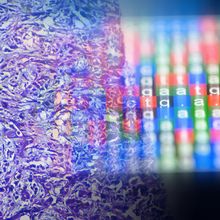
The Genetics of Cancer Risk
Thermo Fisher Scientific | 1 min read
Learn how to discover cancer biomarkers with genomics.
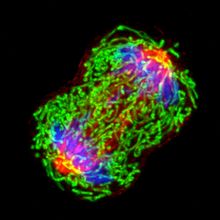
Transfer RNAs Have a Surprising Role in Breast Cancer Growth
Natalia Mesa, PhD | Jan 5, 2023 | 4 min read
A particular leucine-ferrying tRNA is more abundant in cancerous cells than healthy ones, and lowering its levels inhibits cancer growth, a study finds.
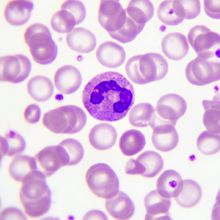
Mucus-Eating Gut Bacteria May Promote Fever After Cancer Treatment
Alejandra Manjarrez, PhD | Jan 5, 2023 | 3 min read
The expansion of mucus-degraders in the mouse gut—possibly due to poor nutrition—thins the colon’s mucus layer and may weaken defenses against blood-infecting microbes.